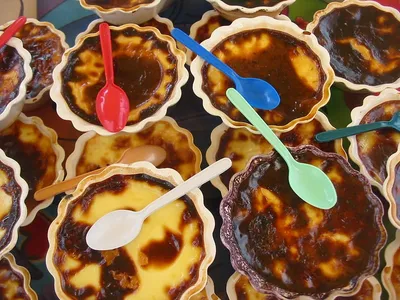
Savoring Jericallas: The Mexican Crème Brûlée You Need to Try
Jericallas is part of the gastronomic fusion of the old and new worlds during the colonial era, producing many creations that persist today.
This typical dessert from Guadalajara and the rest of the state of Jalisco has remained in the homes of its inhabitants to this day.
However, some are still unable to identify this dessert because they confuse it with flan or even with crème brûlée.
Although they share ingredients and preparation methods, here are the origins, similarities, and differences to identify the authentic jericallas.
History of Jericallas
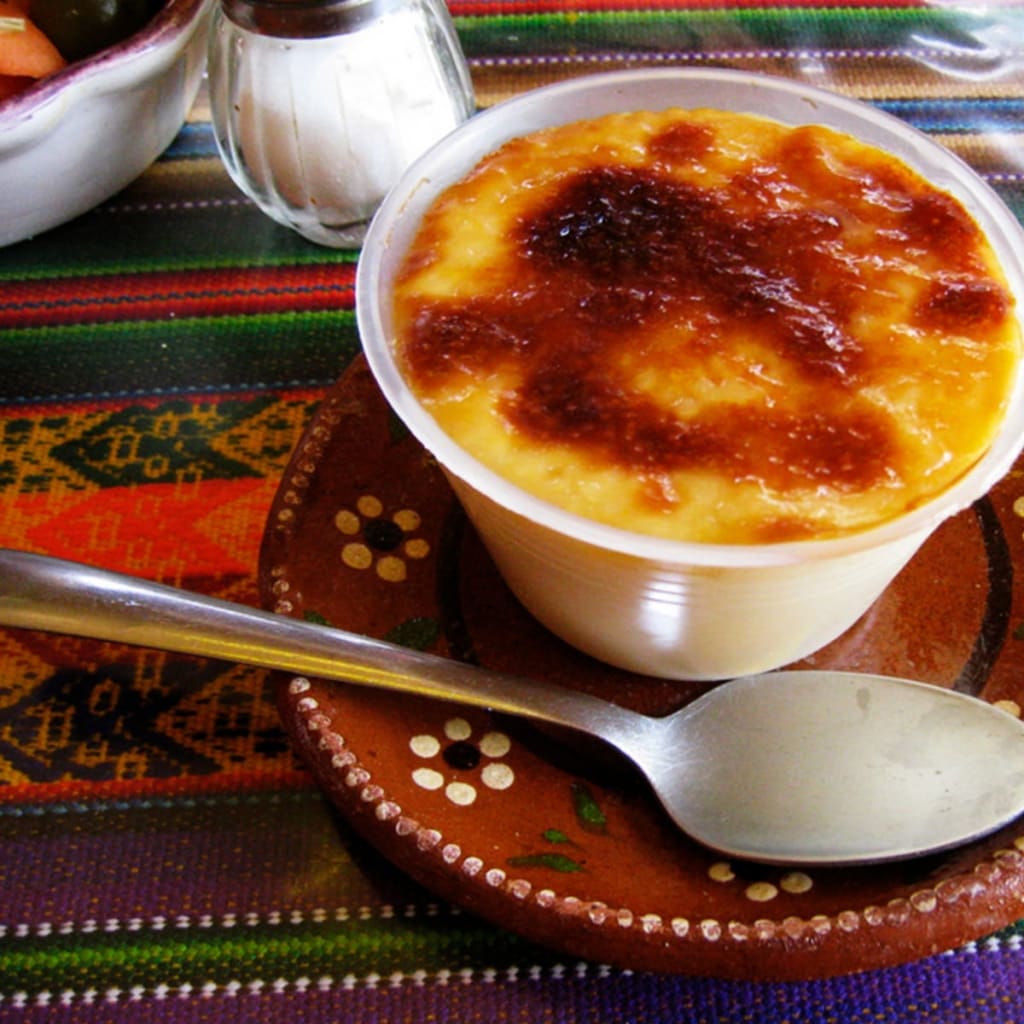
Again, the jericalla is originally from Jalisco, whose origin dates back to the 18th century, when the nuns of the Hospice Cabañas Orphan devised a nutritious dessert with a special flavor for their children.
Its easy preparation and delicious flavor have made this delicacy a favorite of the people of Guadalajara.
On the other hand, flan is a very popular dessert in Mexico and other countries. It is known that it has been consumed since the Middle Ages.
After the conquest, this dessert arrived in Mexico.
Although there are countless varieties, the basic recipe is made by mixing milk, egg, sugar, and vanilla and bathed in liquid caramel.
Another similar dessert is Crème brûlée, a classic French pastry with a soft sweet cream, whose surface has a thin layer of crunchy caramel.
Jericalla, flan, and crème brûlée: What’s the difference?
While all three desserts (flan, jericalla, and crème brûlée) are made with a base of egg, vanilla, sugar, and milk, they differ in their preparation and some other ingredients that become key to the final consistency we all know.
Flan
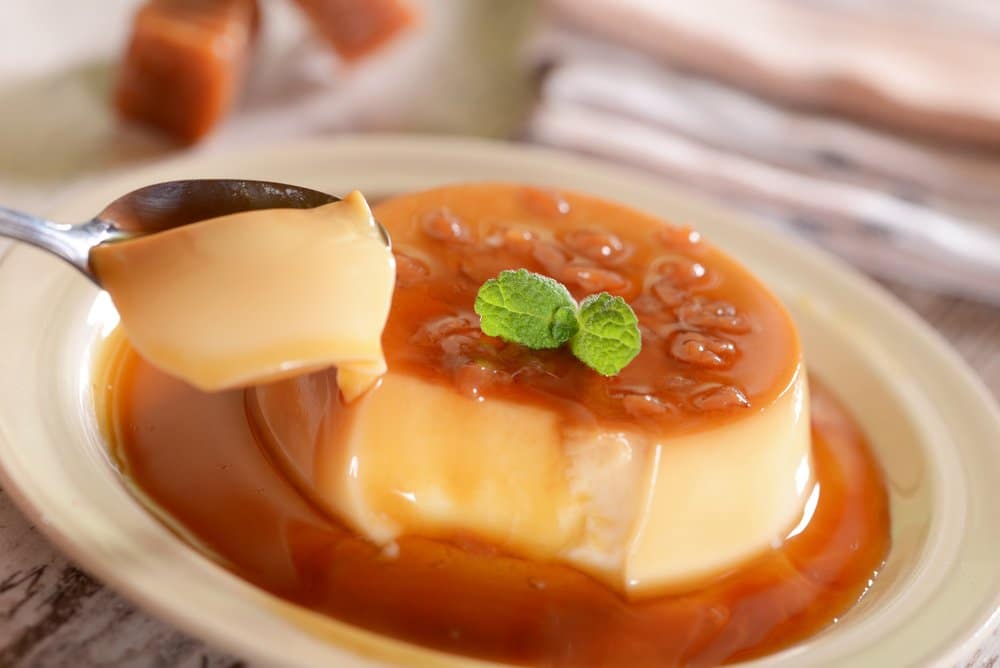
The flan consists of milk, sugar, and eggs (yolks and whites), a mixture poured over a container with solid caramel.
Afterward, the preparation is baked in a bain-marie.
When serving, it is necessary to unmold the dessert so that the caramel is melted and, on the top, there is a dark brown layer, but with no different consistency from the rest of the dessert.
Its texture is compact, a little thick, but also gelatinous.
Jericalla
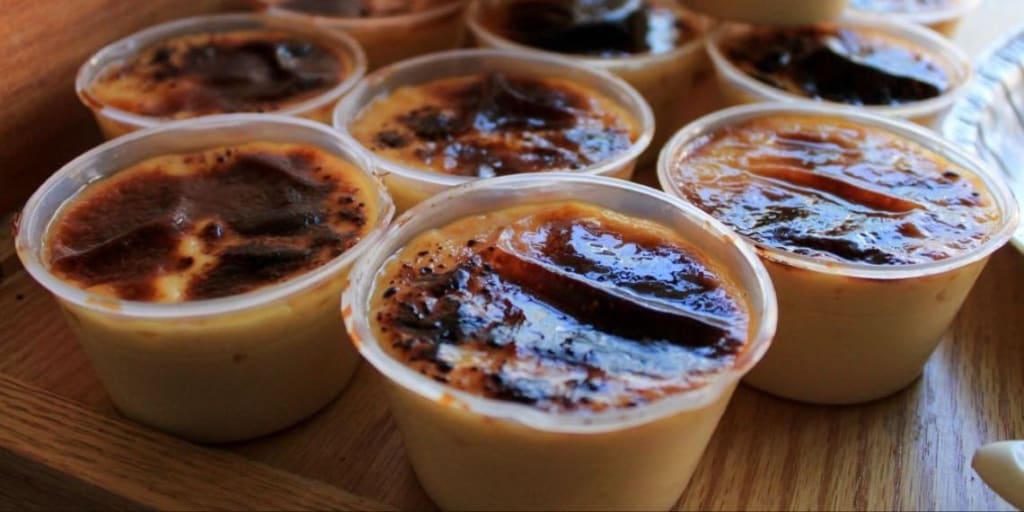
Unlike flan, jericalla uses only egg yolks and cinnamon. To prepare it, boil the milk with cinnamon and vanilla.
On the other hand, the egg yolks are beaten with sugar and combined with the infused milk, then strained and baked in a bain-marie.
In the end, the surface is almost always a golden crust and a little burnt. The texture resembles flan but is much lighter and creamier.
Jericallas are always presented in the same container in which it is baked to maintain and show off the crust, which has a more solid consistency and adds depth to the flavor with that touch of burnt milk.
Crème brûlée
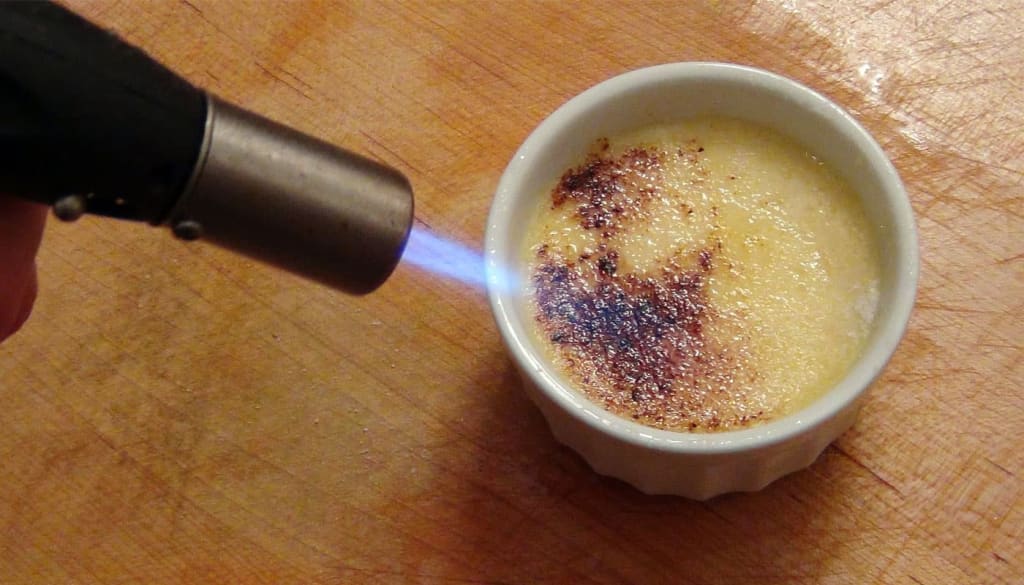
As for crème brûlée, the base is made with egg yolk, heavy cream (whipping cream) or milk (in which case butter is added), vanilla, and sugar.
The cream is infused with vanilla and sugar over low heat and then cooled.
Then, the egg yolks are mixed with the sugar, and subsequently, the cream is incorporated.
It is poured into individual molds and baked in a bain-marie until it is consistent with jelly but with a soft center.
The mixture has to cool to cover the surface with sugar and caramelized over direct heat. The consistency of the cream is similar to that of the jericalla.
Still, the technique is more elaborate to achieve the crunchy burnt sugar layer, providing textural contrast.
What is Jericalla made of? (Recipe)
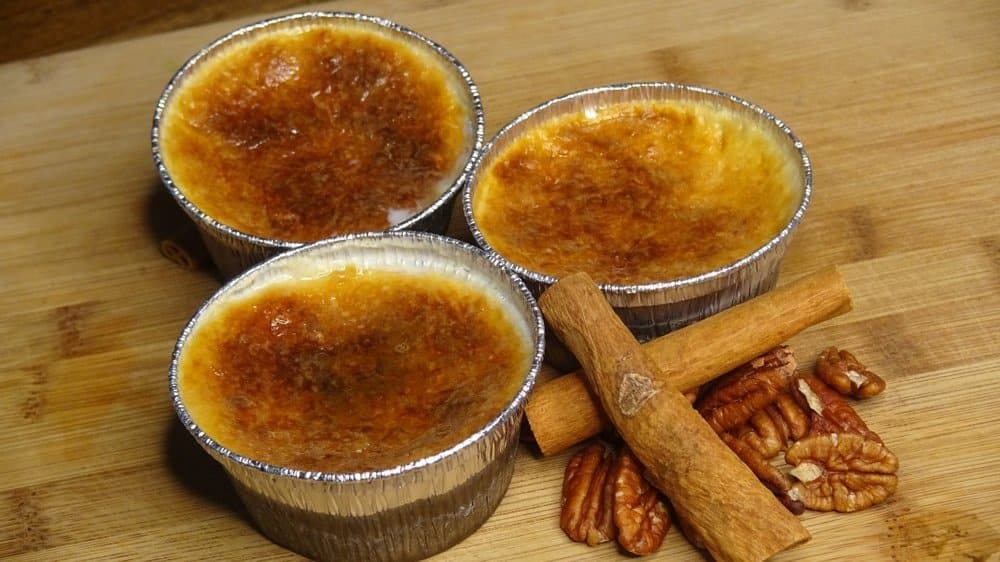
Ingredients (4 servings):
- 2 tablespoons vanilla extract
- 1 liter of milk
- 1 cup white sugar
- 2 cinnamon sticks
- 8 eggs
Process:
- Preheat the oven to 180 degrees Celsius.
- Then, heat a non-stick pan to boil the milk; add the cinnamon sticks and the vanilla extract.
- Add the cup of sugar, stir everything, and let the mixture come to a boil.
- Once the milk has started to boil, remove it from the heat and let it rest for a while (or at room temperature) to cool down a little.
- Meanwhile, pour the eggs into a bowl and beat them. Then, add to this mixture a few spoonfuls of warm milk. You will do this while beating the eggs. The idea is that the mixture integrates well without the risk of the eggs cooking due to the remaining heat. About 7 or 8 tablespoons of milk will be enough.
- When you have obtained a uniform mixture, you will incorporate it into the rest of the pot with milk. Do the beating vigorously until all the ingredients are integrated.
- The next step is to divide the preparation into individual molds. At this point, remove the cinnamon sticks.
- Before putting these molds in the oven, prepare a large bowl with water and place the small jericallas to “swim” in a bain-marie.
- Then, the whole container will go into the preheated oven. The cooking time may vary depending on the power of each oven. It will be about 45 minutes.
- Optionally, if you want to brown the surface of the jericallas, raise the oven rack to the highest possible level and let them cook there for about 10 minutes more, increasing the temperature to 200 degrees.
Jericallas: Tips and recommendations
- If you want less caloric and lighter jericallas, you can reduce the number of eggs and use six instead of eight. Some people even reduce the amount to five, but I prefer a more consistent dessert.
- Mexico is rich in vanilla production, so if you get fresh vanilla pods, you can open them and use the beans to boil them with the milk instead of using vanilla essence or extract.
- Some people incorporate condensed milk into the mixture. This is not part of the traditional recipe, but it is tasty.
- Do not fill up to the rim when filling the flan pans or containers for each jericalla.
- If your oven is low-power, heat it to 180 degrees instead of 200.
- Some people prefer to brown the jericallas more modernly: covering them with a layer of sugar and passing a blowtorch over them, like a crème brûlée.
Have you had jericallas before? Please share your experiences with us. See you next time!